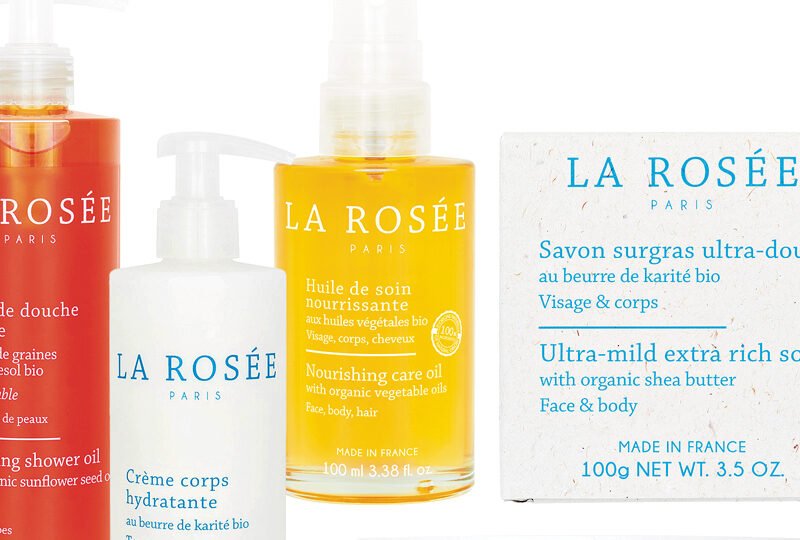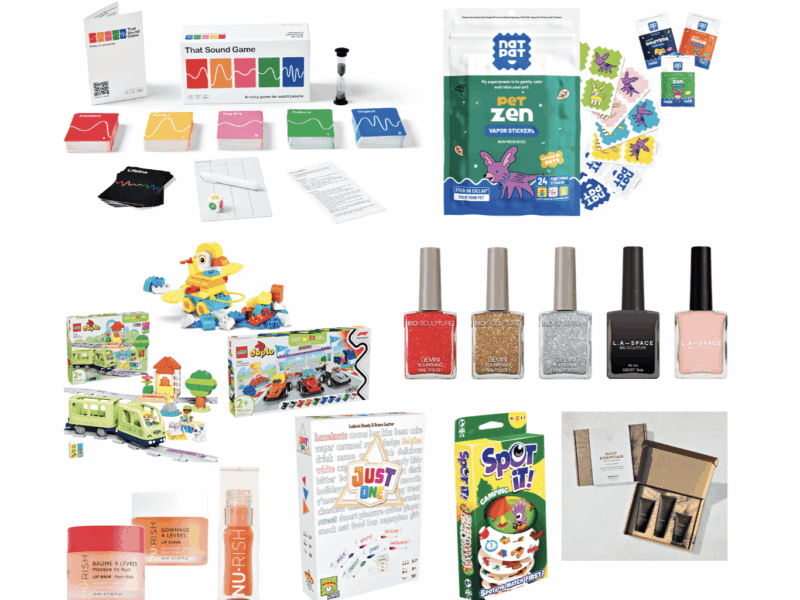
Introducing Mother Goose to a new generation
By Rachael Moshman
I shared a bedroom with my sister throughout my entire childhood. We had a mural of Mother Goose nursery rhymes on the wall well into our teen years. The wallpaper mural filled an entire wall and featured famous characters, such as Humpty Dumpty and Jack and Jill.
Our parents bought the house when I was four and my sister was two. They chose the wallpaper because I loved a Mother Goose book someone gave me when my sister was born. It was read so often that it had to be taped back together many times over my childhood. I had most of the rhymes memorized.
I would stare at the wallpaper for hours when I was young, reciting the rhyme that went with each image. As I got older and started having friends spend the night, it became embarrassing. I started trying to tear it down. I picked at it, pulling apart one tiny strip at a time.
The old lady who lived in a shoe was the first to go. Her section was right next to the head of my bed, which made it the most convenient to attack. I had a removed a good part of the wallpaper before my parents noticed and bought purple paint to cover it.
The original Mother Goose book I loved so much got lost somewhere along my transition into adulthood. When I spoke nostalgically of it, my husband tracked down the same vintage version on Ebay. I excitedly read rhymes to him and didn’t understand the surprised look on his face.
He gently pointed out that the nursery rhymes are not as sweet as I remembered. Some are actually violent. The old lady who lived in a shoe beat her children and neglected to feed them. Others, like the three men in a tub, are just bizarre.
I don’t mind, though. They aren’t exactly how I remember them, but that makes them even more special to me. I read them to my daughter and we giggle at how silly and strange they are.
According to PBS <http://www.pbs.org/parents/education/reading-language/reading-tips/the-surprising-meaning-and-benefits-of-nursery-rhymes/> , nursery rhymes benefit children in many ways.
1. They are good for brain development. Reading books of nursery rhymes helps visual and language development. The repetition also helps with memory.
2. They promote bonding. Your mother likely recited them to you when you were small just as her mother did to her and so on. They bring generations together.
3. They are great for social experiences. Many rhymes, like “Ring Around the Rosie”, can be acted out in groups.
4. Children learn best through play and nursery rhymes are plain ‘ol fun.
My daughter loves reciting our favourite rhymes together. It is a our go-to way to bond on rough days. She thanks me profusely for not putting a giant mural of them on her wall, though.
Rachael Moshman is a mom, freelance writer, blogger and early childhood educator. She still loves Mother Goose. Find her at www.rachaelmoshman.com





